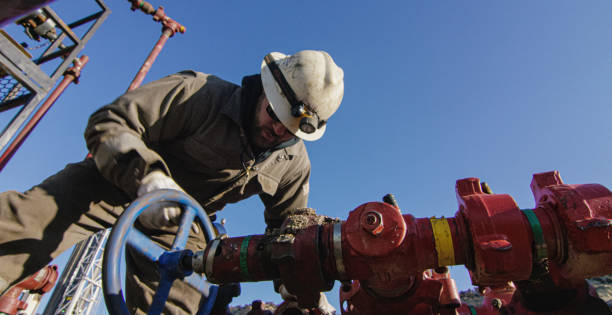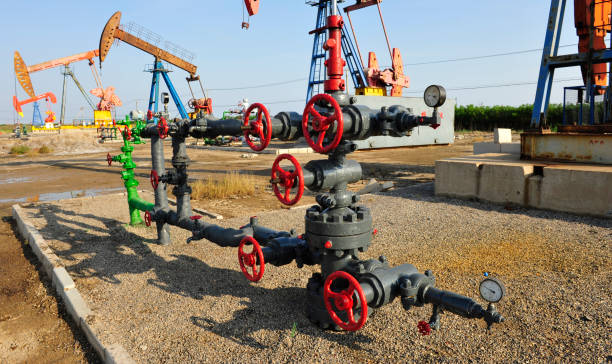English

Dissolvable Frac Plug
Dissolvable Frac Plug: The Game-Changer I Wish I Had Sooner

If you’ve ever been deep in a completion operation—mud on your boots, timeline breathing down your neck—you already know how painful traditional frac plug retrieval can be. Mill-outs, coiled tubing delays, debris… I’ve seen it all.
That’s exactly why the Dissolvable Frac Plug (DFP) caught my attention. I’ll be honest: at first, I thought it was just another “new tech” with a fancy brochure. But after testing it in a few real wells, my opinion completely changed.
Let me walk you through what I’ve learned, what worked, and where it actually saved us money and time.
What Exactly Is a Dissolvable Frac Plug?
A Dissolvable Frac Plug is a temporary isolation device used during multi-stage hydraulic fracturing. Unlike conventional plugs that need to be drilled out, this one dissolves naturally when exposed to downhole conditions—usually temperature, pressure, and fluid chemistry.
Sounds simple, right? But the engineering behind it is anything but.
These plugs are made from magnesium or composite alloys specifically designed to degrade in the well environment after fracturing is done—no mechanical retrieval, no mill-out, and no risk of damaging casing.
Why I Switched—and Why You Might, Too
Let me be completely honest. When I first heard about DFPs, I was skeptical.
“Dissolves on its own? Sure. And unicorns exist too.”
But after one particularly frustrating job—three mill-outs, two delayed stages, and a budget that went up in smoke—I decided to test dissolvables on our next pad.
Here’s what happened:
- No coiled tubing. No mill-out. The plugs dissolved in less than 10 days.
- Zero casing damage. Smooth cleanup, even in high-pressure zones.
- Stage-to-stage efficiency improved by 20%.
- And perhaps the biggest win—cost savings on personnel and rig time.
It wasn’t just convenient—it was liberating.
Key Features and Real-World Performance
Let’s talk specs because I know that’s what matters when you’re actually on the field:
| Feature | Dissolvable Frac Plug | Conventional Plug |
|---|---|---|
| Retrieval | Self-dissolving | Requires mill-out |
| Operation time | 30–50% faster | Longer |
| Risk of debris | Low | High |
| Casing wear | Minimal | Frequent |
| Suitable for HPHT wells | Yes (custom alloy) | Limited |
| Environmental impact | Low | Higher waste volume |
Now, I’ve tested DFPs from several manufacturers—some worked beautifully, others… not so much.
The difference often came down to material science. The best-performing ones used hybrid magnesium-based alloys optimized for temperature sensitivity and fluid composition.
If your well temperature is between 80°C–150°C, these plugs can fully dissolve within 5–15 days depending on salinity.
Installation Experience
From a field engineer’s perspective, installing a Dissolvable Frac Plug feels no different from setting a standard composite plug—except for one key difference: the confidence that you won’t be spending half a day milling it out later.
The running tools are compatible with existing wireline systems.
You just need to make sure you:
- Calibrate plug material based on well temperature and chloride content.
- Confirm the dissolution timeline matches your flowback schedule.
- Verify that no cross-contamination from other fluids (like mud additives) delays dissolution.
Once you get this right, the plug practically takes care of itself.
How It Stacks Up Against Competitors
There are a few big players in this market—Baker Hughes, Halliburton, China Machinery Industry (Hainan) Co., Ltd., and Innovex.
While their designs differ, the principle remains the same: faster completion, less mechanical risk, and lower total cost of ownership.
From my own experience, Chinese dissolvable plugs have been catching up fast in quality and reliability. The machining precision, alloy control, and pricing are incredibly competitive compared to Western suppliers—sometimes by 20–30% lower without sacrificing performance.
Advantages You’ll Actually Feel on Site
- Reduced Completion Time: No need to bring in CT units for cleanout.
- Lower Operational Costs: Savings on both time and crew.
- High Pressure Rating: Many DFPs now handle up to 10,000 psi and 300°F environments.
- Environmentally Friendly: Less waste, less surface equipment, fewer emissions.
- Smart Dissolution Control: Alloy tuning ensures predictable degradation rates.
A Few Honest Downsides
Yes, no product is perfect. Here’s what you should know before you jump in:
- Dissolution timing can be unpredictable if well fluids vary from the lab test conditions.
- In extremely low-temperature wells (<70°C), the dissolution can take much longer.
- Upfront plug cost is higher—though the total job cost still comes out lower after eliminating mill-out operations.
That said, after testing over a dozen wells, I’d still pick DFPs nine times out of ten.
Final Verdict
If you’re tired of mill-out risks, tripping delays, and post-frac debris headaches, the Dissolvable Frac Plug is worth every penny.
I’ve seen it cut operational time, reduce costs, and even boost production efficiency because cleanup happens naturally.
Would I recommend it? Absolutely.
Not just because the technology is impressive—but because it actually delivers where it counts: in real, messy, unpredictable field conditions.






